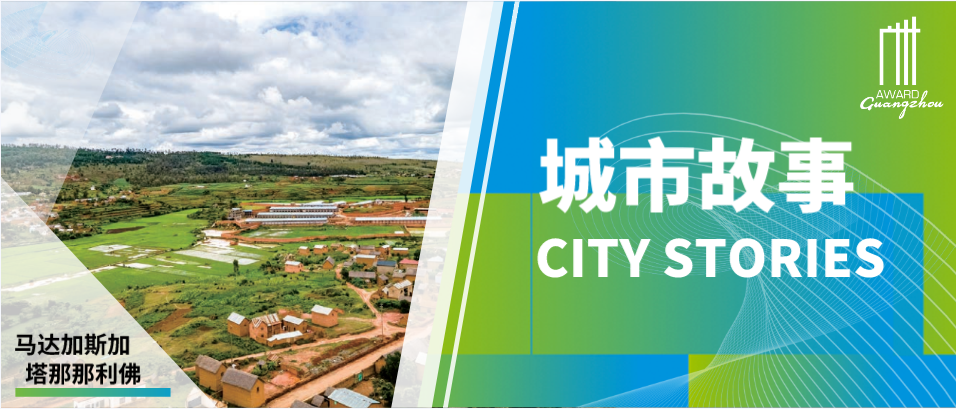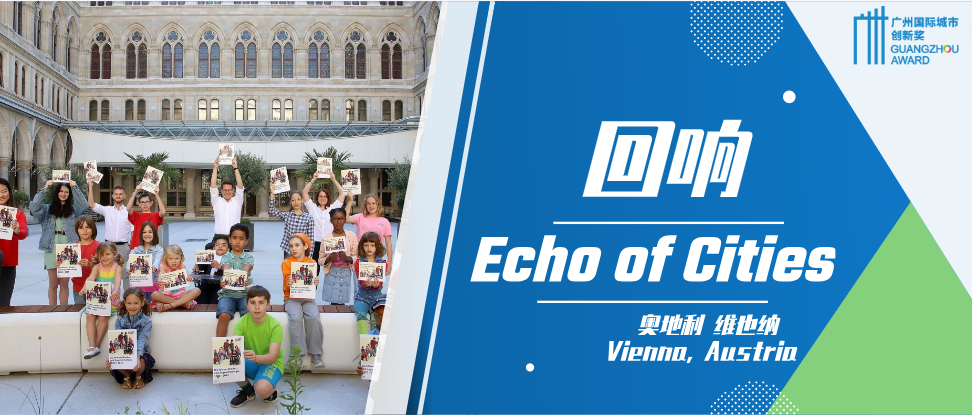Guatemala City, Guatemala
Villa de la Paz (Development Center for the Municipal Program for Children at Risk)
Background Information
The contents of the initiative take place within the institutional framework of the Municipality of Guatemala and are based on three international instruments: the Convention on the Elimination of All Forms of Discrimination against Women, the Convention of Belem do Pará (both signed and ratified by the Guatemalan Government) and Goal No 3 of the UN Millennium Development Goals. Nationally, the content is based on the National Police promotion and integral Development of Women (2000-2023) and locally on the Plan Guatemala 2020 which envisions and establishes a socially inclusive, economically competitive and sustainable city.
The program is part of the social public policies adopted by the Secretary of Social Affairs who has three fundamental social programs that involvechildren, young adults and parents:
•The Nursery Program operates in eight specific facilities in several parts of the city.
•The Children and Young Adults at Risk Program operates in two facilities, one being the initiative presented for this award.
•Con Tus Hijos Cumple (With Your Children You Achieve) Program is dedicated to the attention and development of parents regarding family and educational matters. It operates in 30 facilities that range from local churches, community centers and local municipal offices.
Goals of the Initiative
The main goal is to contribute and guarantee the fundamental rights of boys, girls and young adults that live in Guatemala City and that are related to child labor. The specific goals are:
•To improve the opportunities for human development of 1,200 boys and girls between 2 and 15 years old and who are subject to child labor or at imminent risk to live on the street.
•To provide education and protection to 1,200 boys and girls between 2 and 15 years old and who are subject to child labor or at imminent risk to live on the street.
•To improve the economic opportunities of low-income families who have children assisted by the program through productive training.
•To provide the adequate building facilities for the program.
Parties and Partners to the Initiative
The Secretary of Social Affairs of the Municipality of Guatemala is responsible for the program and has the following partnerships:
•Public-public with the Ministry of Education. It endorses and certifies the existing municipal run schools and provides personnel.
•Public-private with Spectrum, a local real estate development company; with Telus International, an international IT management company that provided funds for construction and volunteer work.
Other partnerships include CONAPETI (Comisión Nacional para la Prevención y Erradicación del Trabajo Infantil, the National Commission for the Prevention and Eradication of Child Labor) and the International Labor Organization.
Resources Used for Implementation
The Program has a municipal budget of 2,626,286 quetzals (US $350,171) with an additional input provided by the Ministry of Education of 1,508,460 quetzals ($201,128) towards personnel salaries, as well as snacks and school supplies for students and teachers.
The construction of the buildings was made possible by the financing of the private sector. The preschool (Patitos) and elementary school (Rosas y Cedros) buildings were financed by Telus International, and the Academic and Dining Hall Building was financed by Spectrum. The construction of the new high school building, Olivos, is being financed also by Spectrum.
In addition to the financing, the construction of the pre and elementary school buildings were completed by more than 2,000 volunteer employees of Telus International and the Municipality of Guatemala. One day for each building was dedicated to volunteer work who were organized into various teams that were responsible for moving the prefabricated blocks to build up walls; painting metal parts; installing windows and door frames; laying brick and pouring concrete on walkways; and preparing soil and planting trees and flowers (supplied by the Municipality). The foundation and plumbing installations were performed by a building contractor hired by Telus International. A small library was added later through the contribution of a local retailer.
The Academic and Dining Hall was built entirely by a building contractor hired by Spectrum and its IT equipment was donated by a local IT business.
Innovation for the Initiative
The development of this program is considered an evolutionary initiative since the Secretary of Social Affairs has accumulated experience in attending young adults and child labor and has incorporated lessons learned during its twelve years of existing. It is also considered a revolutionary initiative because the project is the first experience in the city under a daytime attention program that involves parents as the main responsible members for the attention andprotection of their children.
The project is considered evolutionary because the construction system allows the preschool and elementary school buildings to grow horizontally as needed. It has served as a prototype to be used for other educational facilities like a new nursery school that is being built in zone five of the city. The building method (design and construction) also provided an invaluable experience in quick design decisions, space arrangement, construction material efficiency and organization of all parties involved, including volunteer work and expected impact on the local community.
Innovation has been applied in
It is considered an innovative experience since the implementation of the project takes place at a municipal level and that it responds to the Public Policy of Protection of Children at Risk and Adolescence and to the goal of making Guatemala a child labor free country.
It is also considered an innovative experience in the planning, design and construction phases since the construction system and building materials chosen requires a specific and efficient way of designing and laying out the spaces, determining building heights considering the volunteer work, determining beforehand and within the material modular sizes the location of windows and doors to guarantee natural light and ventilation.
From an economic standpoint and given that the municipality has limited resources, the financing arrangement with the private sector allows the construction to be built in a short span of time and attend those in need with high quality and fully functioning facilities.
The continuous and stable administration of the Municipality of Guatemala also guarantees good governance and adequate administration of the new facilities as well as assurance of more public-private investments.
Obstacles and Solutions for Innovation
The main obstacles appeared at the early stages of the program with the resistance of parents or other family members because the children were moved away from productive activities that generated income. This suggests that poorer or extremely poor families may not hold education or the protection of children in as high regard.
Outcomes and Assessments
The Program has ensured the inclusion of preschool and elementary school education to 500 boys and girls and has secured the continuation of high school education to more than 150 young adults. Development opportunities of the students have been strengthened due to their permanence in the formal educational system, given that they are prone to leave or be encouraged to leave by their family members so that they are included in more productive activities and eventually become early heads of households.
The project has already impacted the local community in a positive way. What once were municipal storage lots have been turned into a park open to the public. Local residents now have a healthy and safe space to meet, interact and spend time. The new center is closer to its residents, one that resides on the northern part of the city. Locally the center offers a health and future promising environment for children.
Methods Applied
The following action have been developed in order to strengthen the program:
•An incentive system that assists selected families with an economic bonus towards housing rent or the domestic food basket if they fulfill the programs directives.
•English and IT courses have been implemented to strengthen the technical capabilities of children attending preschool, elementary and high school.
•Currently, the Montessori Model is being implemented in preschool.
•Access to art courses (painting, dance, music and chess) through the Art Schools of the Municipality of Guatemala.
-
 Urban Innovation in China | Shenzhen: How to Maintain Momentum to Achieve Carbon Peak by 2030 While Leading Green and Low-Carbon Development?
Urban Innovation in China | Shenzhen: How to Maintain Momentum to Achieve Carbon Peak by 2030 While Leading Green and Low-Carbon Development? -
 City Stories | Antananarivo, Madagascar: Building Resilience in the City Food System
City Stories | Antananarivo, Madagascar: Building Resilience in the City Food System -
 In Focus | International Women’s Day: Building a Women-Friendly City
In Focus | International Women’s Day: Building a Women-Friendly City -
 Echo of Cities | Vienna, Austria: The Youth Melody of an Ancient City
Echo of Cities | Vienna, Austria: The Youth Melody of an Ancient City























 Tel: +86 20 3780 4434
Tel: +86 20 3780 4434 Email: info@guangzhouaward.org
Email: info@guangzhouaward.org Address: Rm 1609, FuLiXinTianDi, No.307 Guangzhou Dadao Zhong, Yuexiu District, Guangzhou, Guangdong, 501600, PRC
Address: Rm 1609, FuLiXinTianDi, No.307 Guangzhou Dadao Zhong, Yuexiu District, Guangzhou, Guangdong, 501600, PRC




